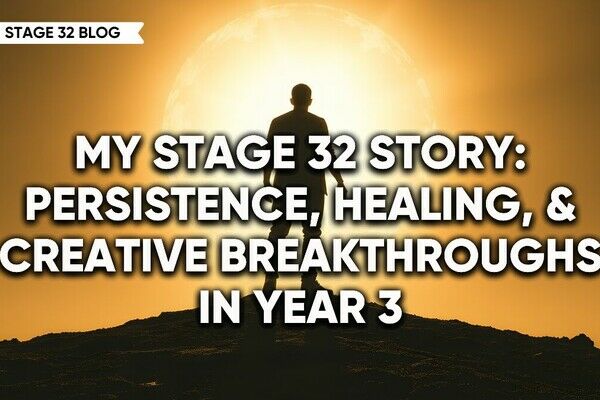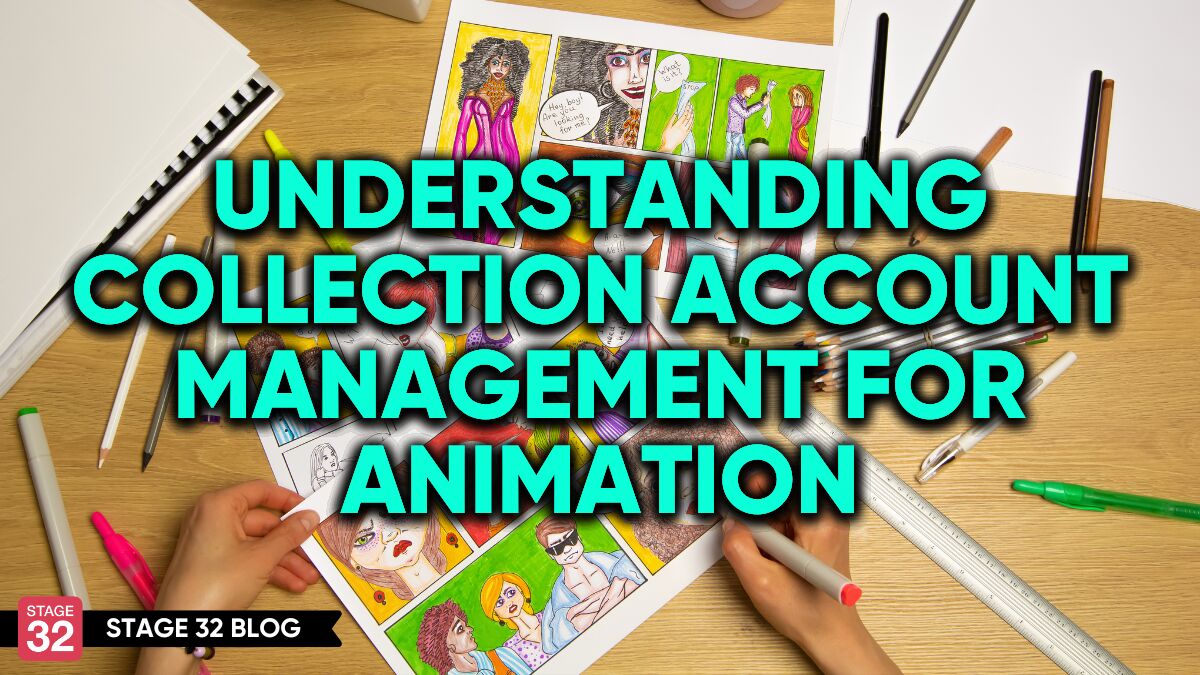Understanding Collection Account Management for Animation
Animation is one of the few genres that has continued since the 2020 pandemic in a relatively unharmed way. The fact that animation can to a large extent be produced entirely remotely, put it in the spotlight of the film and television production community when the world came to a halt during the first months of the pandemic.
The ability to produce animation remotely, in combination with the availability of cross-border high-quality animation and talent, production incentives, and lower costs, has also boosted international collaboration.
Production and Distribution of Animation Projects
As is generally the case with audiovisual projects, there are several forms to create and exploit animation.
If we focus on financing, production, and distribution, an animation production can be:
- Made and distributed complete in-house. Examples are studio and streamer productions.
- Completely produced in-house by an independent production company, and then distributed internationally by external partners.
- Produced, financed, and distributed independently whereby several producers and financiers team up to make the project, and whereby the project is distributed internationally by external partners. An example is (international) co-production.

Independent Production of Animation
In the case of the first example listed above, the project is completely produced in-house, financed with own sources, and distributed through the studios or streamer’s own distribution channels. There is only one beneficiary of the revenues, which is the studio or the streamer. There is no financial risk for any third party.
The scenarios under items one and two above, can for our purposes be referred to as independent production. The production, financing and/or distribution implies the engagement of two or more partners, who are entitled to share in the revenues generated by the exploitation of the animation project.
This implies that de facto there is a financial risk for at least one or more parties, as the production, the financing, the distribution, and control of the revenues are spread over several parties.
How can the parties deal with the financial risk implied with independent production of animation?

Collection Account Management
Collection Account Management is management of the revenues of an audiovisual project, generated by international distribution and exploitation by means of the establishment of a designated bank account – the Collection Account – managed by a neutral, trusted third party – the Collection Account Manager or CAM.
The beneficiaries of the project with a major financial interest in the project, together with the CAM, enter into a multiparty contract, called the Collection Account Management Agreement or CAM Agreement.
The CAM Agreement arranges for:
- The appointment of the CAM as the sole party that receives, administers, allocates, and disburses the revenues.
- The obligation for all parties to provide for the revenues to be paid into the Collection Account.
- The incorporation of a full-fledged Recoupment Schedule, that describes the manner and order of the allocation and distribution of the revenues amongst the beneficiaries.
- The CAM Agreement to supersede all underlying and previous agreements amongst the signatory parties, with respect to allocation and disbursement of the revenues.

Collection Account Management for Animation Projects
The kind of animation projects that may benefit from Collection Account Management, are:
- Those in-house animation productions that set up distribution via an external party, a worldwide distributor, or an international sales agent, typically with multiple distribution deals, and
- Those animation projects produced independently, whereby multiple (co-)producers and financiers combine forces to (co-)produce, sometimes across borders, an animation project, which is then sold and distributed by an external party.
For these animation projects, revenues will have to be split amongst two or more beneficiaries. This implies that there is always at least one party with a financial risk, as it does not control the revenues.
Benefits of Collection Account Management
Which are the benefits of Collection Account Management for these projects?
The benefits can be multiple and below I list a couple.
1. Protection of Revenues
The CAM is the only party that receives, administers, allocates and disburses revenues. None of the other parties, who have a financial interest in the project controls the revenues. The CAM has no financial interest in the project or the revenues (other than receiving its commission and recoupment of its expenses), and it does not sign any contract other than the CAM Agreement. It has no duties in connection with the project, other than strictly following the instructions dictated in the CAM Agreement.
2. Avoidance of Conflicts
All the parties with a major financial interest in the project – (co-)producers, financiers, the sales agent, and sometimes talent – sign the same, multiparty contract, the CAM Agreement. As set out above, the CAM Agreement overrules all other underlying and previous agreements executed in connection with the project, with respect to the allocation and distribution of revenues. With one single legal instrument signed by all parties, the risk of misinterpretation of deal terms, disagreement, and conflict between them is substantially reduced.

3. Transparency
The CAM informs all parties to the CAM Agreements of payments received in the Collection Account. Furthermore, it periodically issues statements showing the financial deal terms of the distribution deals, the revenues received, and the allocation of such revenues in accordance with the Recoupment Schedule included in the CAM Agreement. Besides, all information produced and received by the CAM, is available to the parties 24/7, online. The Collection Account Management creates transparency for all parties involved in the animation project.
4. Outsourcing of Administrative Work
The CAM administers the revenues. Also, it collects sales and distribution information on the project, and it carries out required checks nowadays customary in international transactions. Tasks that otherwise, without a Collection Account, would need to be done by the parties themselves. Often, independent production companies and sales agents are focused on respectively producing and selling projects and may not have the back office or resources to carry out substantial administrative work. With Collection Account Management, the administrative work is effectively outsourced by the parties to the CAM.
Conclusion
Some animation projects are either in-house productions sold and distributed independently through a worldwide distributor or sales agent, or independently produced and financed projects. In both cases, there is a financial risk for the beneficiaries of the revenues, as they do not have control over the revenues.
Collection Account Management is a solution for such animation projects. By signing a CAM Agreement, appointing a CAM and setting up a Collection Account, the parties involved in the project make sure that the revenues are protected, will reduce misinterpretation, disagreement and conflict, create transparency and outsource administrative work.
Do you want to know more about Collection Account Management for animation projects? Let’s connect!
Let's hear your thoughts in the comments below!
Got an idea for a post? Or have you collaborated with Stage 32 members to create a project? We'd love to hear about it. Email Ashley at blog@stage32.com and let's get your post published!
Please help support your fellow Stage 32ers by sharing this on social. Check out the social media buttons at the top to share on Instagram @stage32 Twitter @stage32 Facebook @stage32 and LinkedIn @stage-32
| How To Launch A Podcast! |
| Merrily All The Way: We Roll From Stage 32 Consultation Call To Active Development- The Screenwriter's Story |
Search Stage 32 Blog
There are now 4032 blog posts for you to enjoy. Search them all by tags below.
Acting, Advice, Cinematography, Coffee & Content, Composing, Contests, Distribution, Featured, Filmmaking, Financing, Inspirational, Networking, Producing, Screenwriting, Success Stories, Tips, Trending,Relevant Tags
Recommended Articles

Don't Let the Momentum of November Write Club Die: How to Stay Active Into 2026 & Beyond!

Stage 32 + DramaBox Join Forces to Launch World's First Vertical Drama Incubator

A Practical Guide for Actors: Tips & Advice Every Performer Should Know

How Stage 32 Script Services Make You A Better Writer

7 Life Hacks For Creatives

Strengthening Croatia’s Creative Future: Inside Zagreb’s Partnership with Stage 32 Certification

Stage 32 Featured at the 43rd Torino Film Festival!

Happy Thanksgiving From Stage 32: We Are Thankful For YOU

Coffee & Content: Why Your Pitch Needs to Be Human






